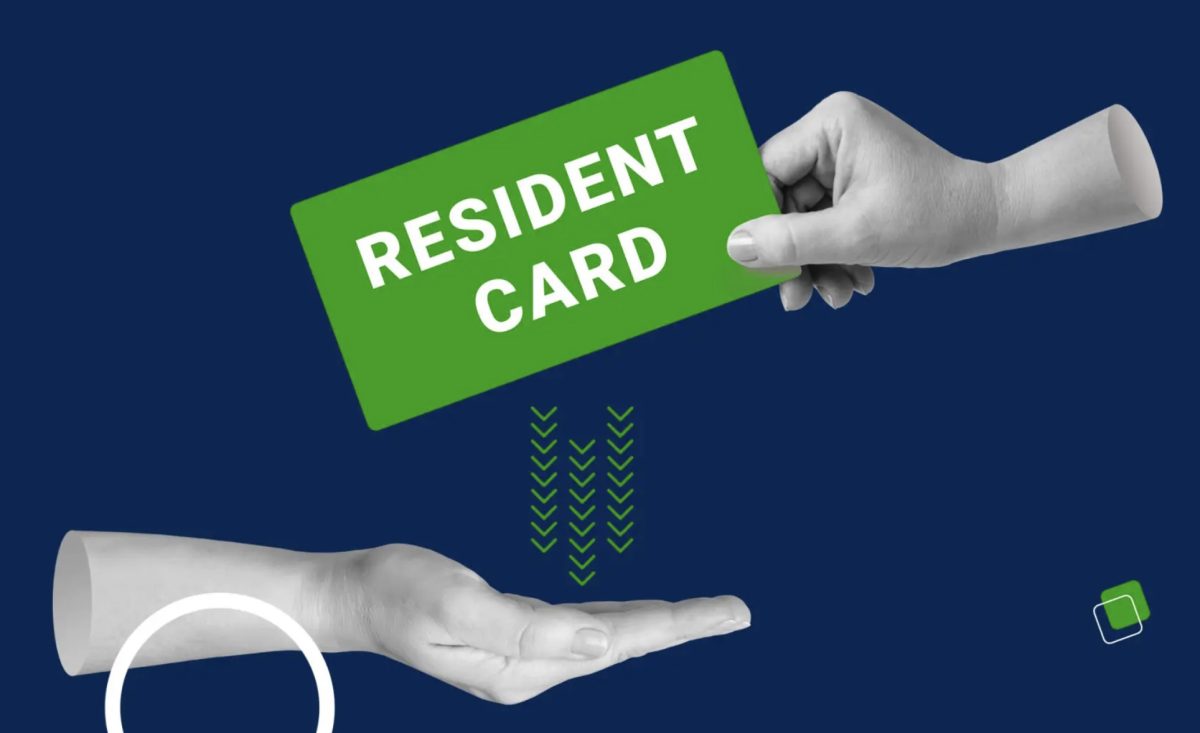
How to Find an EB-3 Sponsor: A Step-by-Step Guide for Foreign Workers
What Is an EB-3 Sponsor
The INA sets a limit on the number of employment based preference immigrant visas that can be issued in a fiscal year. Under section 203(b)(3) of the Act the annual cap for EB3 visas is 28.6% of the total worldwide employment based visa limit. No more than 10,000 visas may be issued in the “Other Workers” category.
An EB-3 sponsor is a company in the U.S. that wants to hire a foreign worker. The company must agree to go through the legal steps required by the government. These steps include proving they could not find enough U.S. workers for the job.
The company must file a labor certification with the U.S. Department of Labor. This proves that hiring a foreign worker will not harm American wages or jobs. They must file a petition with immigration authorities afterward.
Sponsorship is not a small thing. It means the employer is willing to work with you for several years. It also shows they truly need help and are serious about hiring.
Learn more: What is the EB-3 Visa?
Check official info: DOL Permanent Labor Certification
Who Qualifies for EB-3 Sponsorship
There are three types of workers who can qualify under the EB-3 visa. First are unskilled workers. These are jobs that require less than two years of training or experience.
Next are skilled workers. These jobs need at least two years of experience or training. You do not need a degree but must show proof of your skills.
Last are professionals. These roles require a bachelor’s degree or its foreign equivalent. Other basic requirements include a clean background and a medical exam.
Learn more: EB-3 Visa Requirements
How to Find an EB-3 Sponsor
Now let us go step by step through the process of finding a real EB-3 sponsor.
Step 1: Search for Companies That Hire Through the EB-3 Program
Start by looking in industries with known labor shortages. This includes restaurants, hotels, warehouses and caregiver services. These are the most common sectors where U.S. companies struggle to find workers.
Use job boards that focus on EB-3 roles. EB3.Work is one of the few trusted websites made for this purpose. It shows real jobs from verified employers.
Avoid social media groups or random forums. Many of them post fake offers or ask for illegal payments. Stay safe and only use sites with a good record.
Step 2: Use Trusted Agencies or Recruitment Partners
Some U.S. employers work with legal recruiters. These partners help find foreign workers and manage the EB-3 paperwork. But you must be very careful.
There are some agencies that charge huge fees or make big promises. If it sounds too good to be true it probably is. Do not work with anyone who cannot show you a contract or a clear job offer.
Look for agencies with signed employer partnerships and transparent pricing. They should be open about the job location, wage
and timeline. Ask for proof and never send money to someone you do not trust.
Step 3: Attend Job Fairs or Online Events
Many employers and recruiters hold virtual job fairs. These are often hosted through Zoom or webinar platforms. They let you meet the team, ask questions and learn about the job.
These events are great for hearing directly from companies. You can ask about job duties, location, housing and salary. You will also get a better feel for whether the offer is real or not.
To get invited join mailing lists or check EB3.Work for upcoming events. Some fairs are free and open to all.
Step 4: Verify the Employer’s Sponsorship History
Before you apply, ask the employer if they have sponsored EB-3 workers before. A good employer will be honest about their history and how many workers they have helped.
You can also check government records yourself. Use the DOL PERM Disclosure Data to search for companies that filed labor certifications. This helps you confirm if they are active and real.
Ask for transparency. A real sponsor will not hide anything and will answer your questions.
Step 5: Apply Only to Realistic Jobs
The job you apply for must match your background and fit within the EB-3 category. If you do not meet the requirements the petition could be denied.
Be careful with job ads that offer super fast green cards or very high pay. These are usually scams. Real jobs take time and follow the legal steps.
The best jobs will be clear, honest and legal. They will tell you what is expected and help you through each part of the process.
What Happens After You Find a Sponsor
Once you find a sponsor the company starts the legal process. The first step is filing a labor certification with the Department of Labor.
This process can take months. Once the labor certification is approved the employer files Form I-140. This petition goes to the U.S. Citizenship and Immigration Services.
After that you must wait for your priority date to become current. Check the monthly Visa Bulletin from the Department of State.
Once your date is current you can apply for your immigrant visa at the U.S. embassy or consulate. This is called consular processing. Five countries accounted for the majority of individuals on the employment-based green card waiting list, together representing 65.2% of the total.
Mainland China led with 65,338 applicants, followed by India with 48,536 and the Philippines with 36,141. Mexico had 10,448 applicants and South Korea had 9,502, while all other countries combined accounted for 90,695 of the worldwide total of 260,660. Under the INA, each country is subject to an annual cap on employment-based visa issuances, with the FY 2024 per-country limit set at roughly 11,270.
Learn more:
- DOL PERM Certification Process
- USCIS – Form I-140
- Immigrant Visa Process – U.S. Department of State
EB-3 vs. H-2B: What’s the Difference
The EB-3 visa is permanent. It leads to a green card and permanent residency in the U.S. You can also include your spouse and children in the application.
The H-2B visa is temporary. It is for seasonal jobs like landscaping or hospitality. You must return home when the contract ends.
If you want long-term stability the EB-3 visa is better. It opens the door to a future in the U.S.
Learn more: USCIS – H-2B Visa Overview
FAQ
-
Can I find an EB-3 sponsor by myself
Yes but it takes time and research. Working with a trusted recruiter may help save time.
-
How long does the EB-3 visa take
It usually takes 36 months or more. The time depends on your country and your employer.
-
Do I have to pay the employer
No, the U.S. law says the employer must pay the PERM costs. Do not trust anyone who asks you to pay for your own sponsorship.
-
Can I change jobs after getting my green card
Yes but you are expected to work with your sponsor for at least one year.







